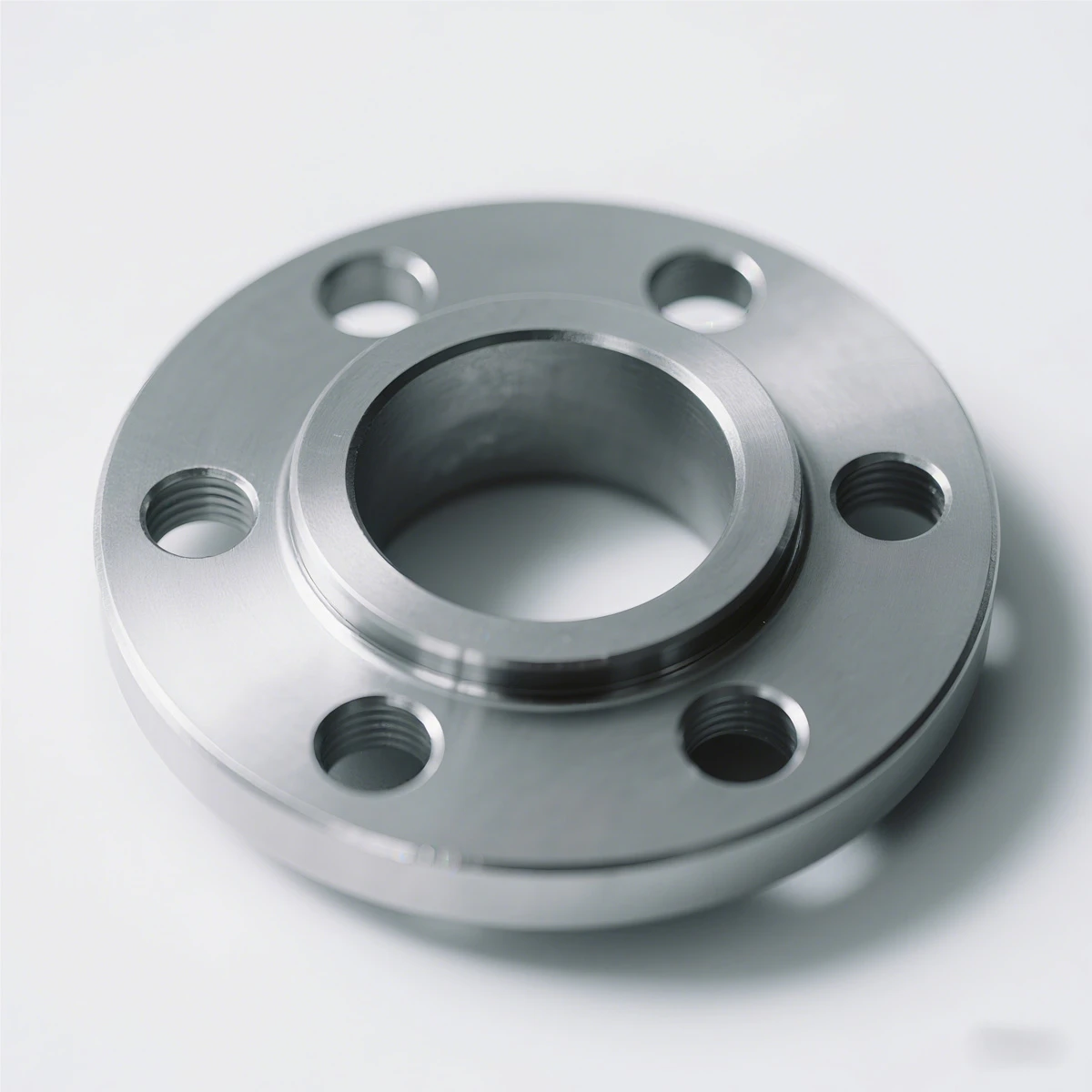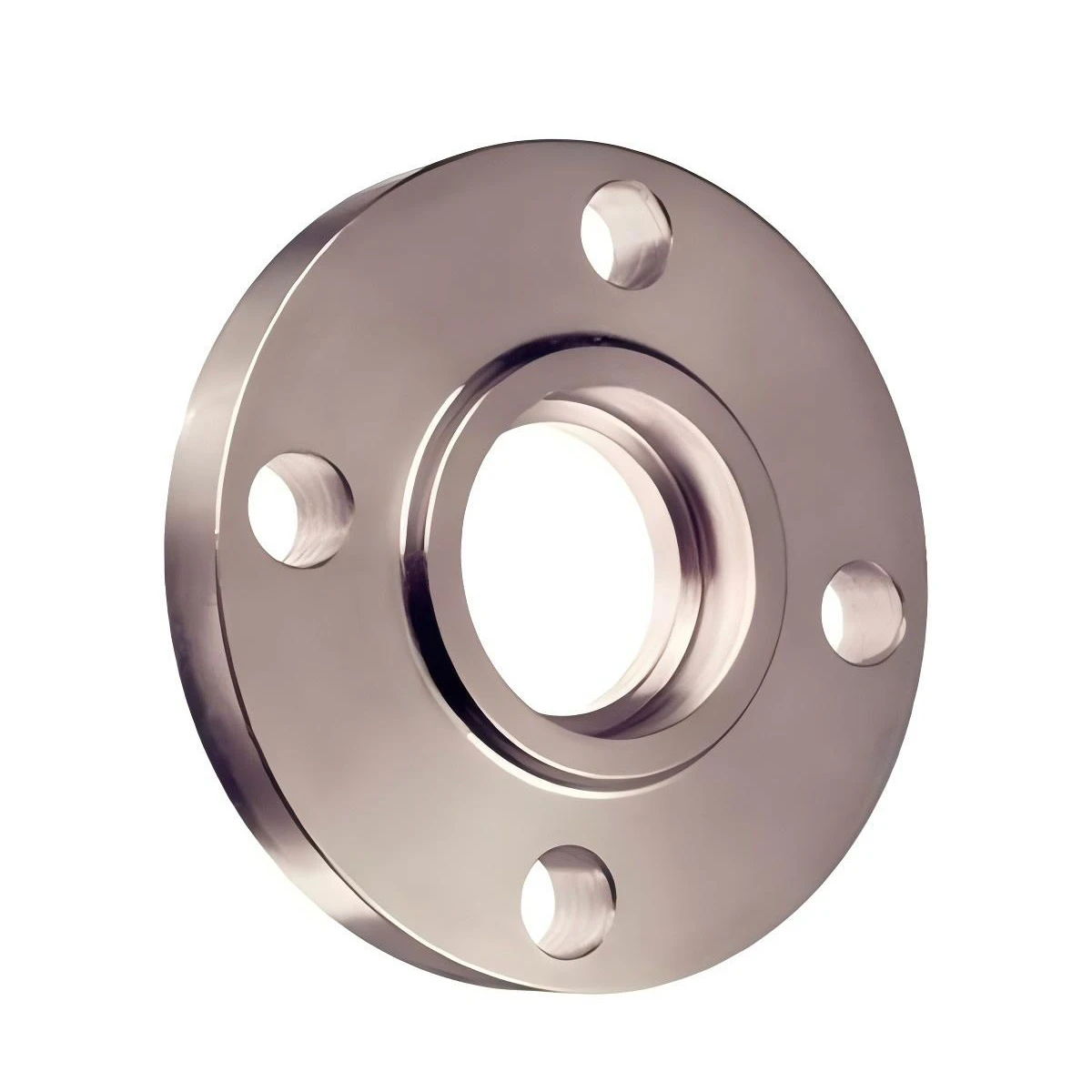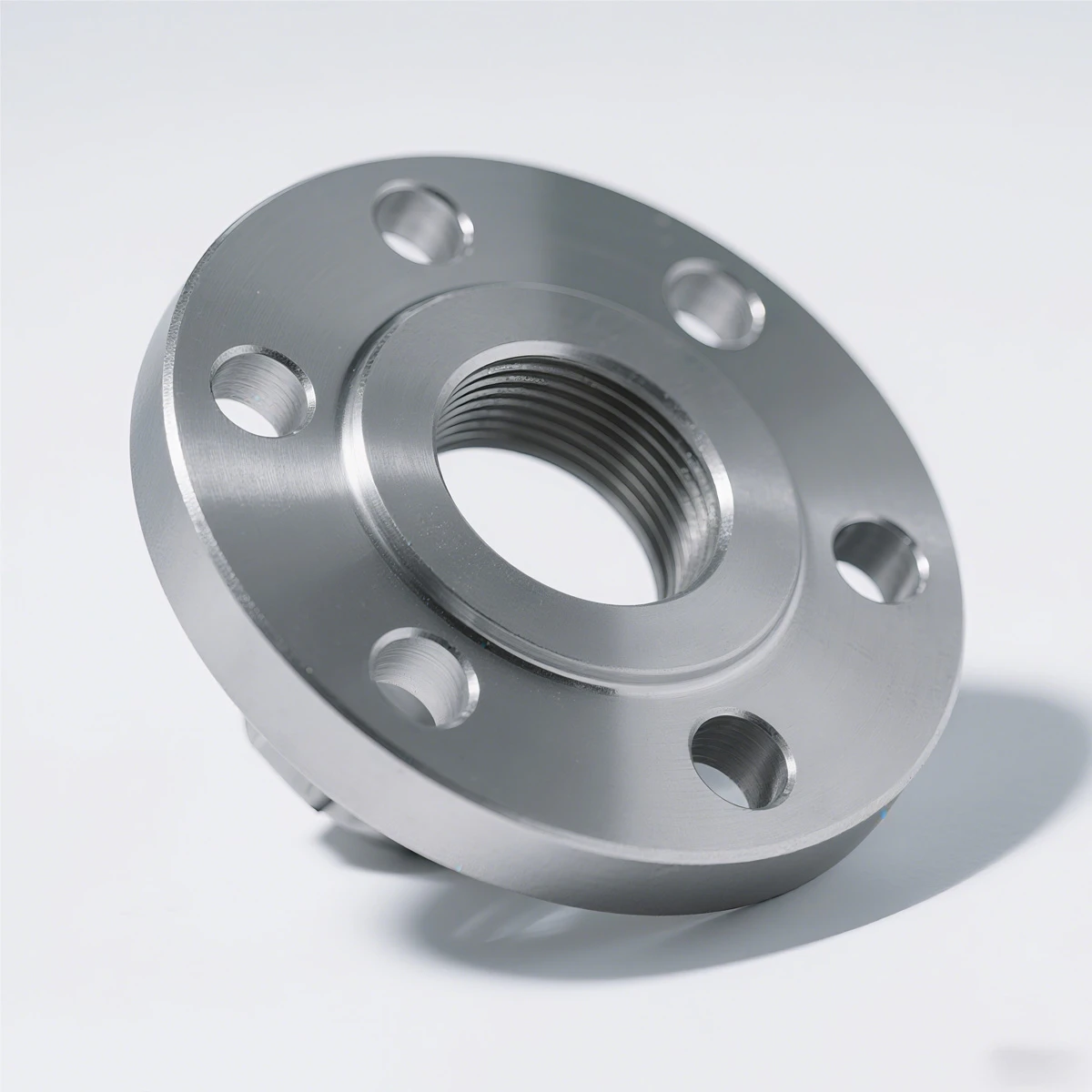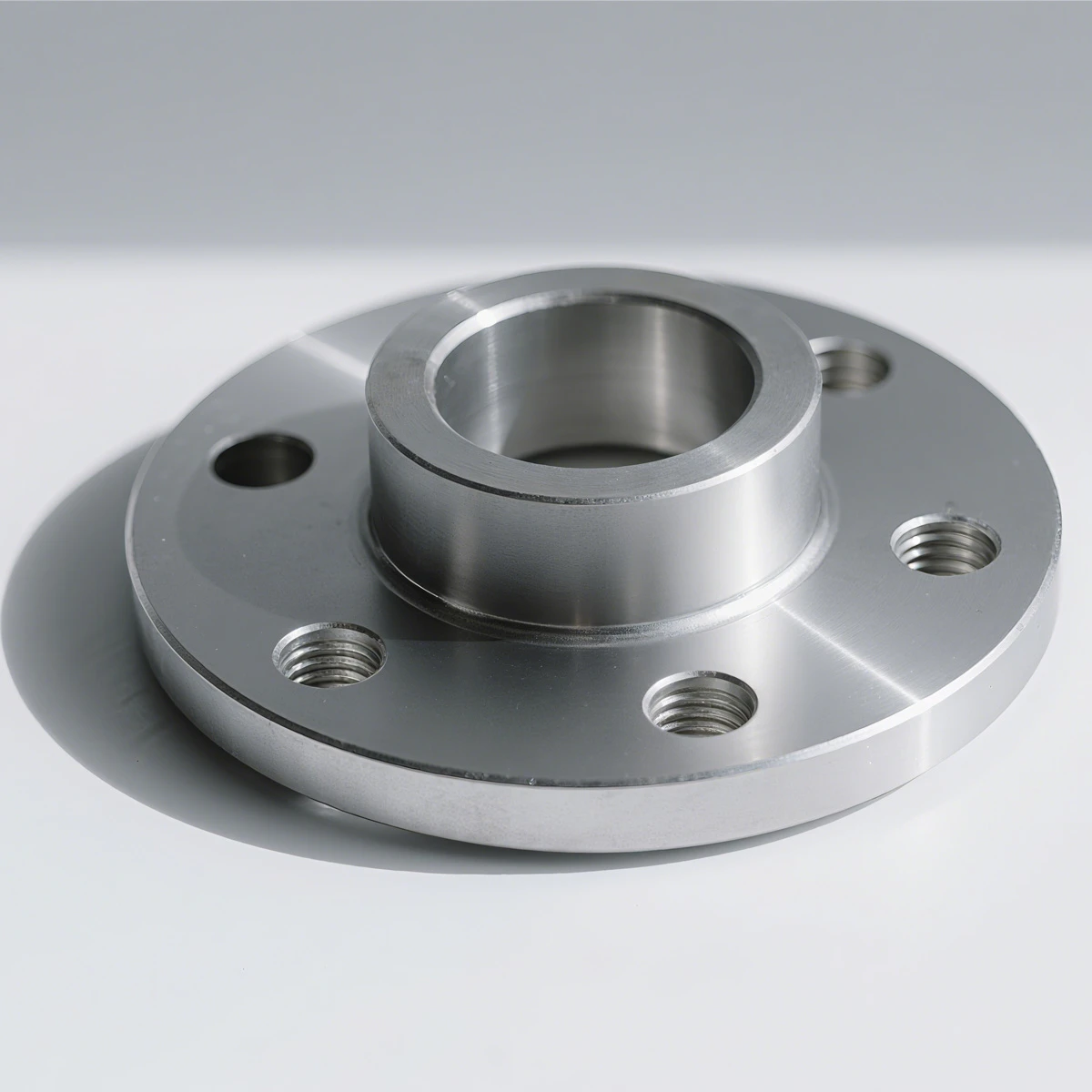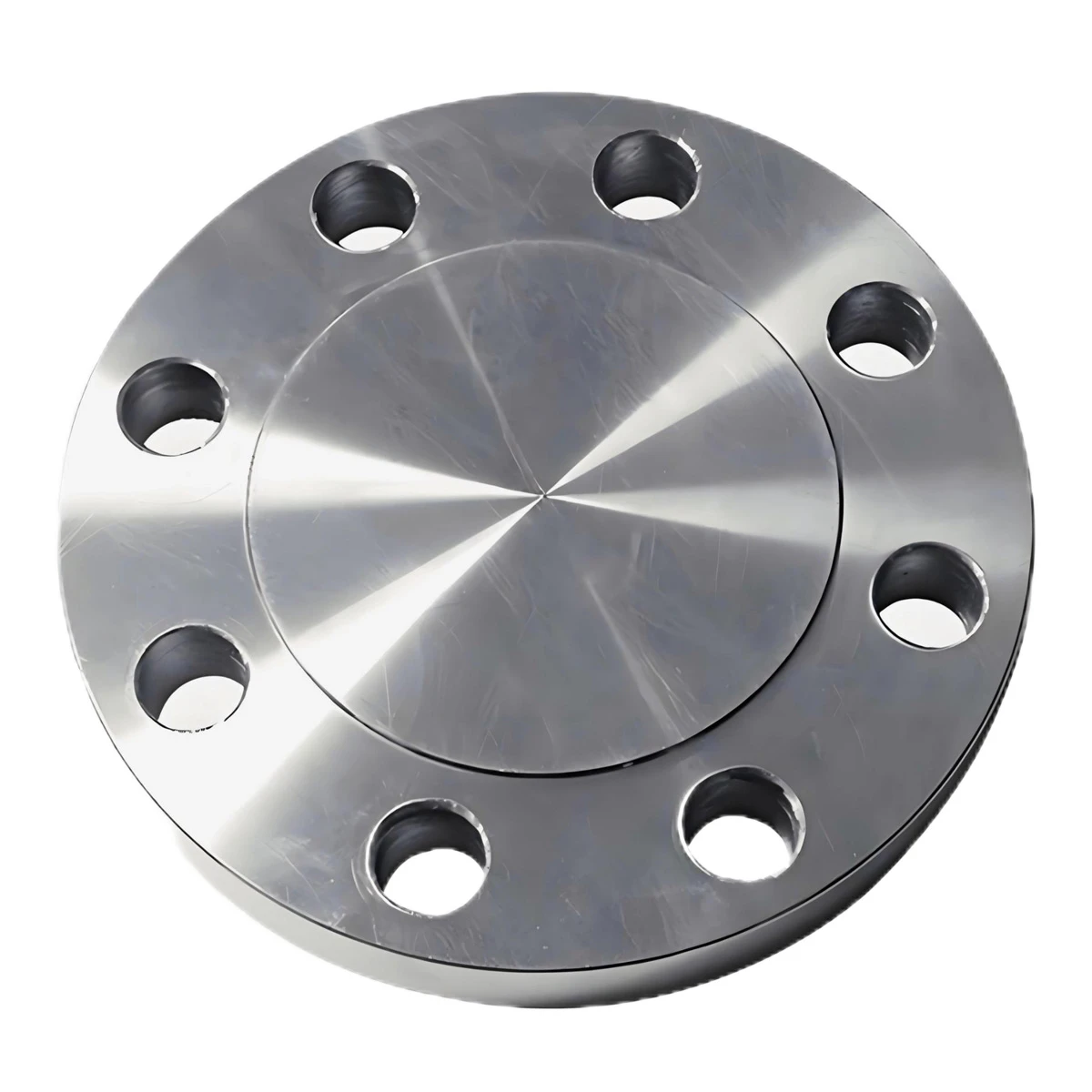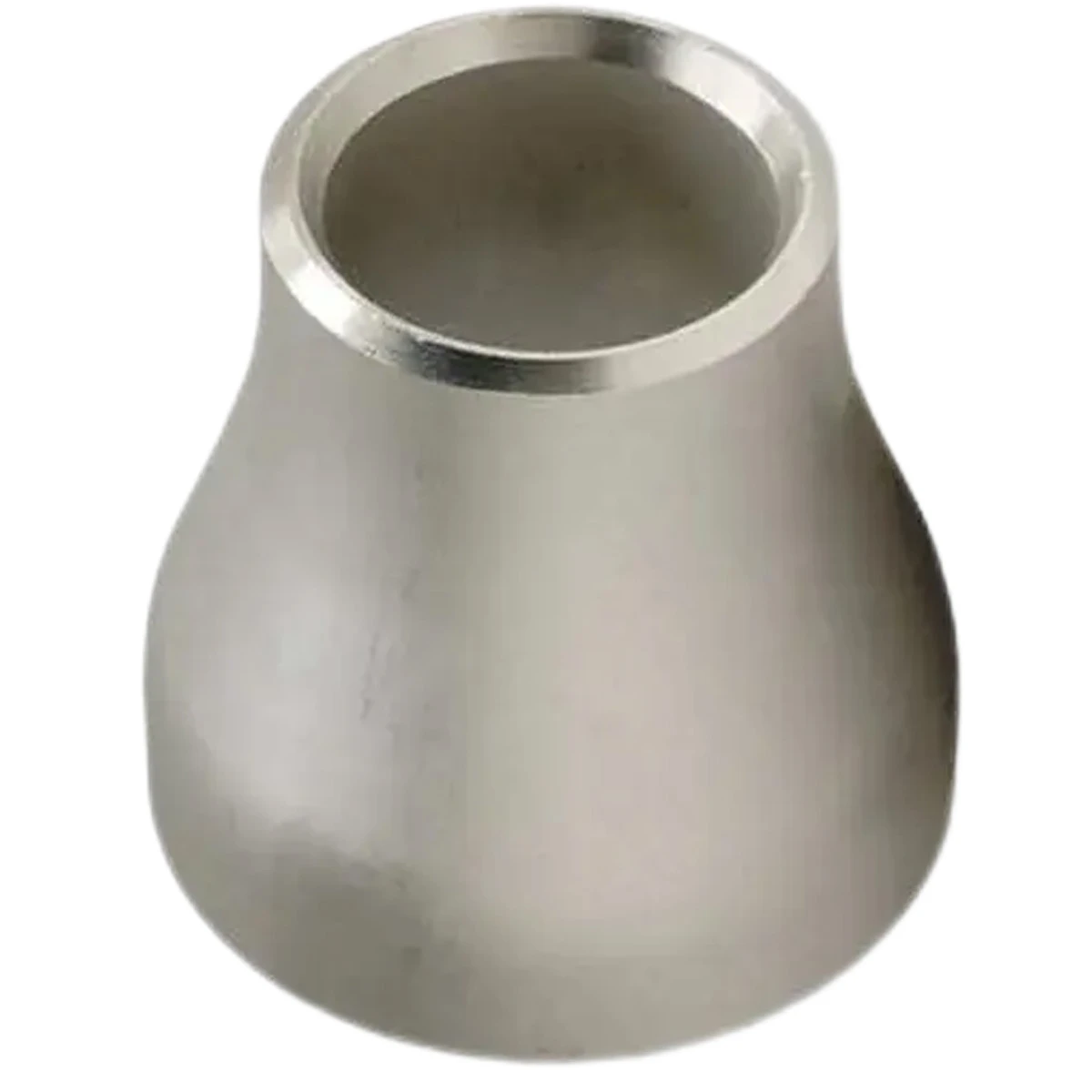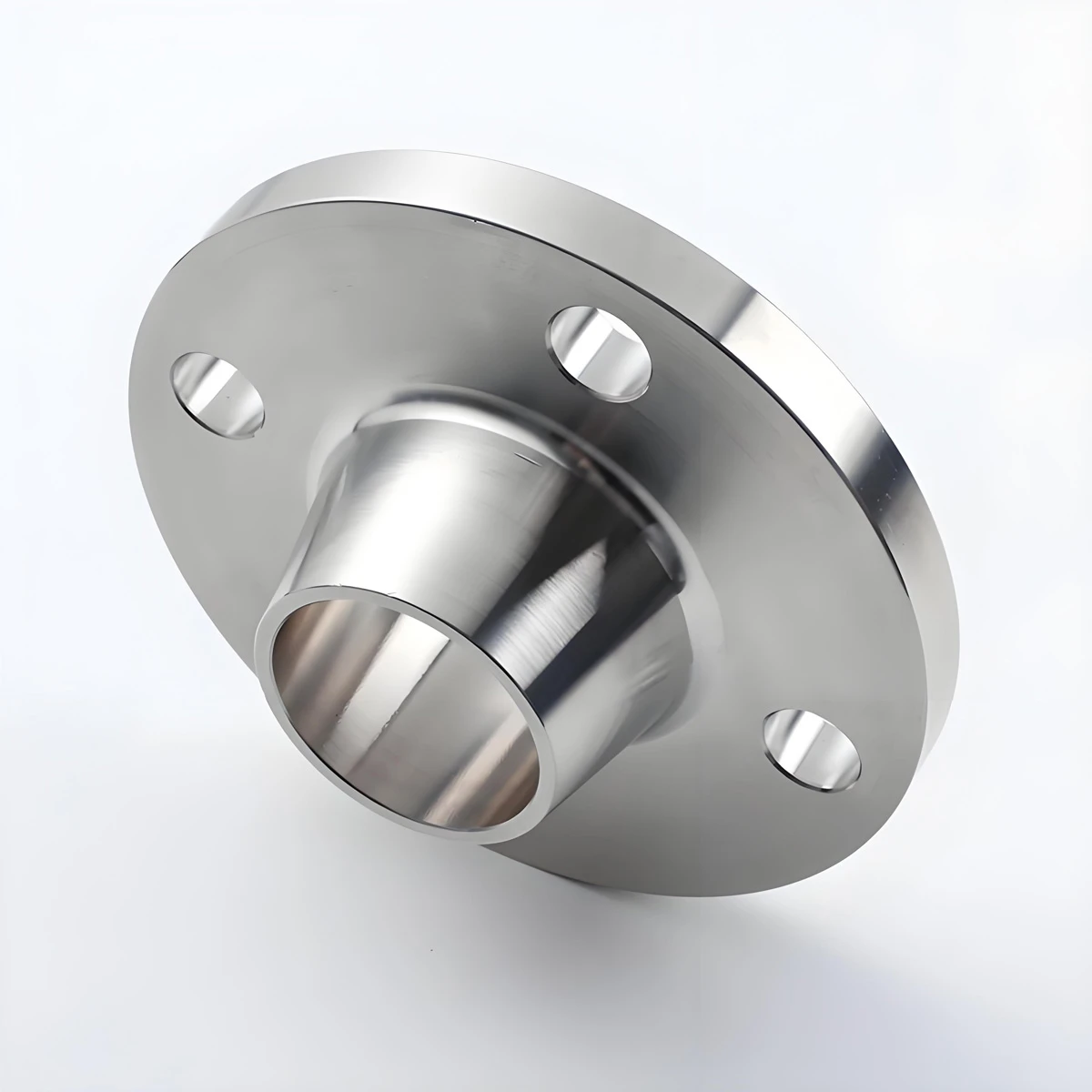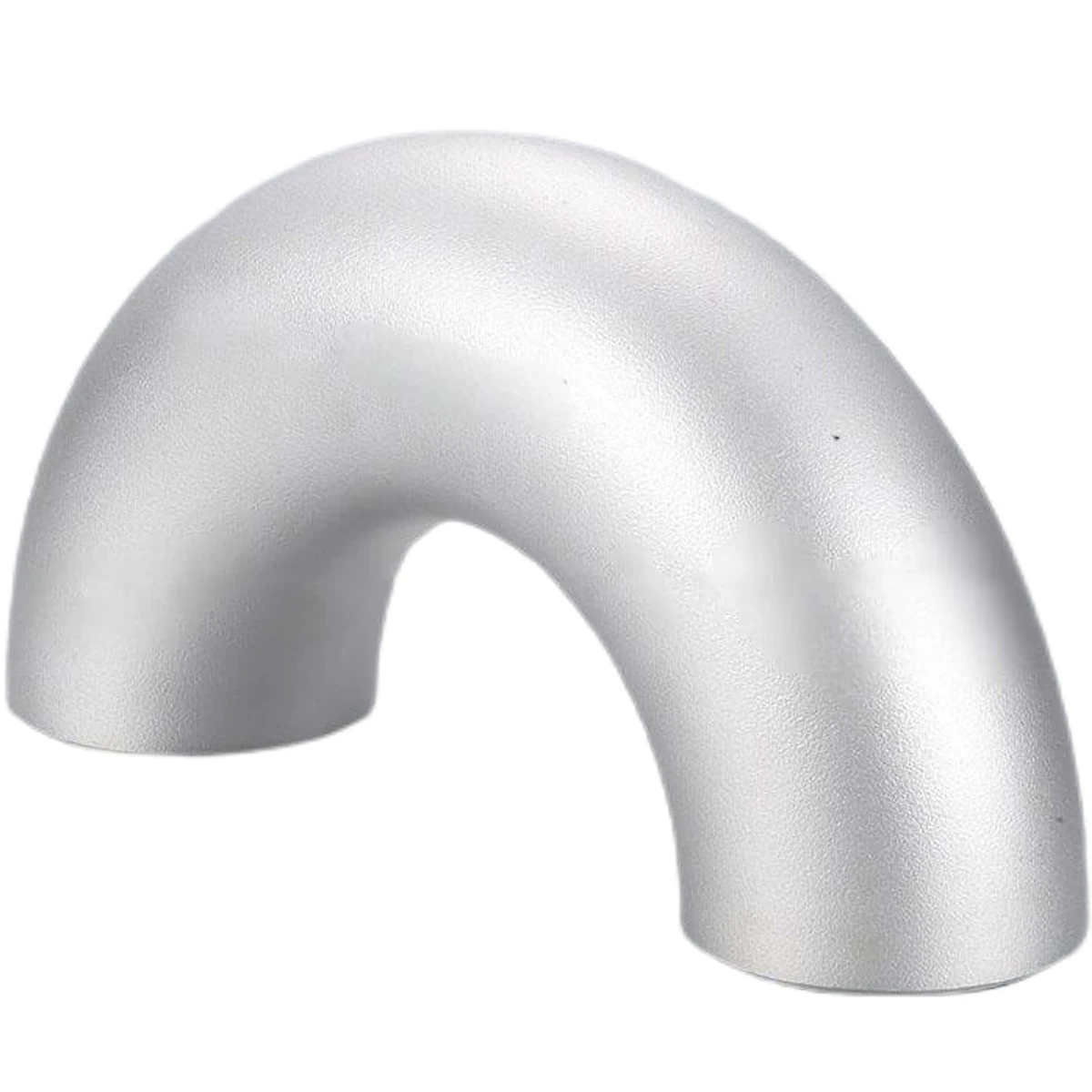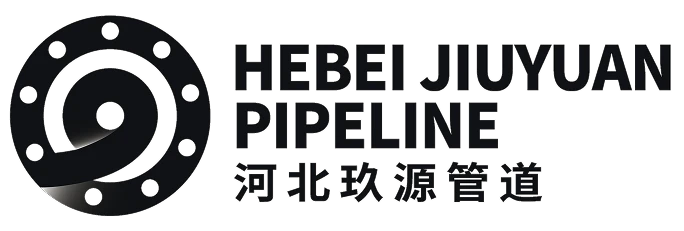
- Albanian
- Arabic
- Armenian
- Azerbaijani
- Belarusian
- Bengali
- Bulgarian
- Croatian
- Czech
- Danish
- Dutch
- English
- Esperanto
- Finnish
- French
- German
- Greek
- Hebrew
- Hungarian
- Indonesian
- irish
- Italian
- Japanese
- Khmer
- Korean
- Kyrgyz
- Lao
- Latin
- Lithuanian
- Malay
- Myanmar
- Norwegian
- Persian
- Polish
- Portuguese
- Romanian
- Russian
- Serbian
- Slovak
- Slovenian
- Spanish
- Swedish
- Tagalog
- Thai
- Turkish
- Turkmen
- Uzbek
- Vietnamese
- Zulu
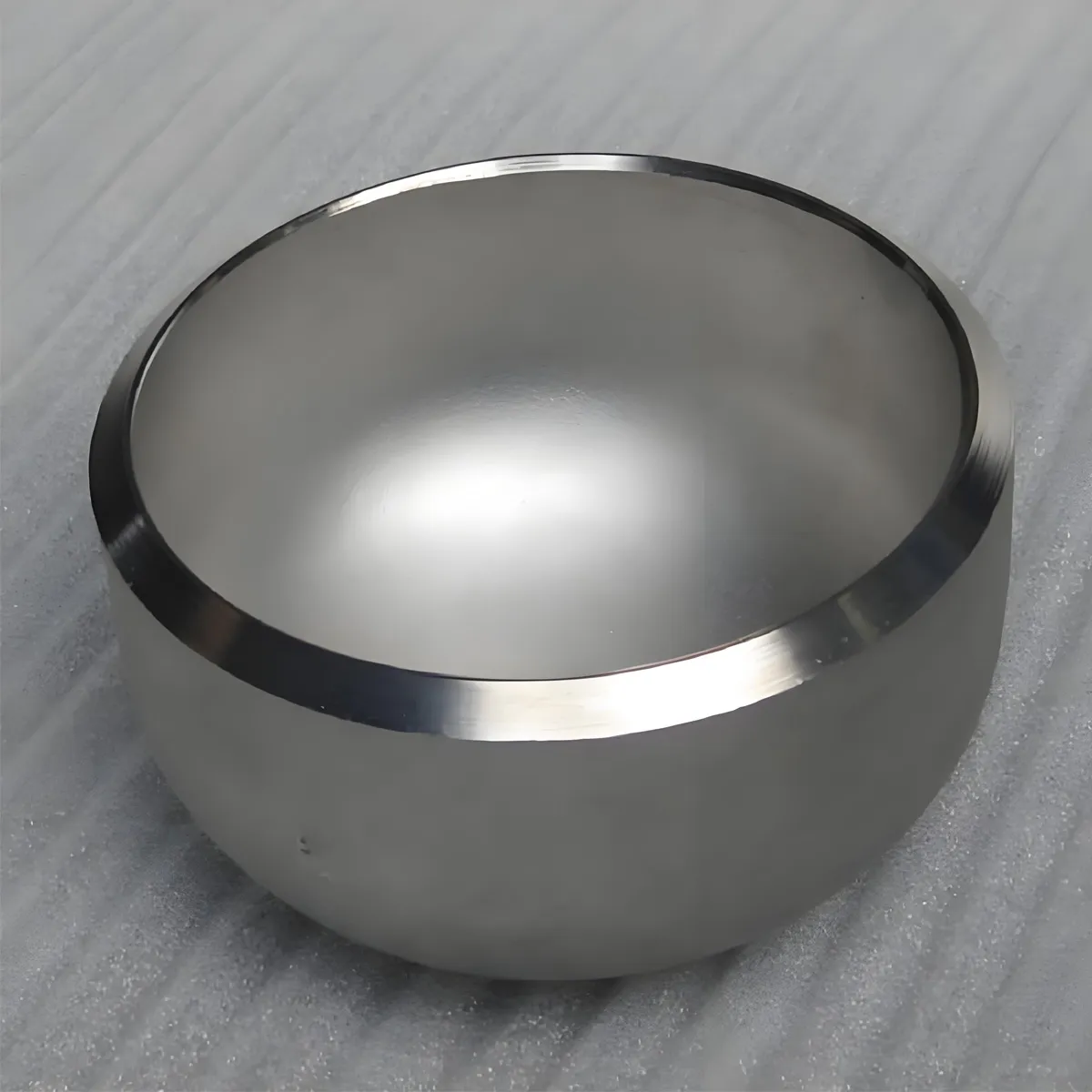
The Essential Role of Pipe Caps in Industrial Integrity
In the vast and complex world of industrial piping systems, the integrity and safety of fluid and gas transportation are paramount. Every component, no matter how seemingly small, plays a critical role in ensuring operational efficiency and preventing hazardous incidents. Among these, pipe caps stand out as indispensable fittings designed to protect and seal the ends of pipes in various applications. These components are often overlooked, yet they are vital for maintaining system cleanliness, preventing leakage, and safeguarding personnel and equipment.
This comprehensive guide delves into the world of pipe caps, exploring their diverse forms, technical specifications, and widespread applications. We will also touch upon related products such as tube end caps, pipe end cap, and specifically address the common 2 3/8 pipe caps, providing insights into their manufacturing, selection, and the critical role they play in modern industrial infrastructure.
Navigating Industry Trends and Innovations in Pipe Caps
The industrial landscape is constantly evolving, driven by advancements in material science, manufacturing technologies, and stricter environmental regulations. These forces significantly impact the demand and design of pipe caps. Current trends indicate a strong move towards enhanced durability, improved corrosion resistance, and greater adaptability to extreme operating conditions.
- Advanced Materials: The shift from traditional carbon steel to high-performance alloys like stainless steel (e.g., 304L, 316L), duplex stainless steels, and even exotic alloys such as Inconel or Monel is gaining momentum, especially in corrosive environments. This trend is driven by the need for longer service life and reduced maintenance in critical applications such as offshore oil & gas, chemical processing, and wastewater treatment. For instance, the global demand for stainless steel pipe fittings, including pipe caps, is projected to grow at a CAGR of over 5% from 2023 to 2030, according to industry reports.
- Smart Manufacturing & Customization: The adoption of CNC machining and additive manufacturing (3D printing) allows for highly precise and customized pipe caps. This enables manufacturers to produce complex geometries and specific dimensions, like specialized tube end caps or 2 3/8 pipe caps, tailored to unique project requirements with minimal material waste. This focus on "made-to-order" solutions provides significant advantages in terms of fit and performance.
- Sustainability & Recyclability: With increasing environmental consciousness, there's a growing emphasis on manufacturing processes that minimize ecological footprint and products that are recyclable. Manufacturers are exploring more sustainable raw material sourcing and energy-efficient production methods for pipe caps.
- Digitalization and Traceability: The rise of Industry 4.0 sees greater integration of digital tools for tracking and tracing pipe fittings. RFID tags and QR codes on pipe caps are becoming more common, allowing for better inventory management, authenticity verification, and lifecycle tracking, enhancing supply chain transparency and product accountability.
These trends underscore the evolving landscape where pipe caps are no longer just simple closures but engineered components that integrate with sophisticated industrial ecosystems.

Understanding Caps: Key Technical Parameters
Known simply as "Caps" in our product line, these essential fittings serve as a permanent or temporary closure for pipe ends. They are critical for preventing contamination, containing flow, or preparing pipelines for future extensions. The effectiveness of a pipe end cap heavily relies on its technical specifications. Understanding these parameters is crucial for selecting the right cap for your application, whether it's a standard closure or a specialized tube end cap.
Key Technical Parameters of Pipe Caps
| Parameter | Description | Typical Range/Examples | Impact on Performance |
|---|---|---|---|
| Material Grade | Chemical composition and mechanical properties. Common materials include Carbon Steel (ASTM A234 WPB), Stainless Steel (ASTM A403 WP304/304L, WP316/316L), Alloy Steel (ASTM A234 WP5, WP9, WP11, WP22, WP91). | CS, SS 304L, SS 316L, Duplex, Nickel Alloys. | Determines corrosion resistance, temperature tolerance, and mechanical strength. Critical for chemical compatibility. |
| Size (Nominal Pipe Size - NPS) | Outer Diameter (OD) and wall thickness compatibility with the pipe. Ranges from 1/2 inch to 72 inches (DN15 to DN1800) and beyond for large projects. For example, a 2 3/8 pipe cap refers to a cap for a 2.375-inch (60.3mm) OD pipe. | NPS 1/2" to 72" (DN15 - DN1800+). Specific sizes like 2.375" OD. | Ensures proper fit and secure sealing. Incorrect sizing leads to leaks or inability to install. |
| Wall Thickness (Schedule) | Standardized wall thickness designations (e.g., Sch 10, Sch 40, Sch 80, Sch 160, XS, XXS). Corresponds to pressure rating. | Sch 10, Sch 40, Sch 80, Sch 160, STD, XS, XXS. | Directly impacts pressure bearing capacity and structural integrity. Must match the pipe schedule. |
| End Connection Type | How the cap connects to the pipe. Typically Butt-Weld, but also Threaded (NPT, BSP), Socket-Weld, or Flanged. | Butt-Weld (BW), Threaded (NPT, BSP), Socket-Weld (SW), Flanged. | Influences installation method, sealing effectiveness, and removability. Butt-weld offers a strong, leak-proof connection. |
| Manufacturing Standards | Adherence to international standards ensuring quality and interchangeability. E.g., ASME B16.9 (Butt-welding Fittings), MSS SP-75 (High Strength Welding Fittings), ISO. | ASME B16.9, ASTM, API, ISO, EN, DIN, GOST, JIS. | Guarantees dimensional accuracy, material quality, and performance reliability. Essential for global projects. |
| Surface Treatment | Protective coatings or finishes applied to the cap. E.g., Black paint, anti-rust oil, hot-dip galvanizing, or pickling and passivation for stainless steel. | Black paint, Anti-rust oil, Galvanized, Pickled & Passivated. | Enhances corrosion resistance and aesthetics, particularly important for storage and transportation. |
| Operating Temperature & Pressure | The maximum and minimum temperatures and pressures the cap can withstand without failure. Directly linked to material and wall thickness. | -45°C to 600°C; Up to 2500 PSI depending on schedule. | Ensures safety and long-term reliability under system operating conditions. Exceeding limits can lead to catastrophic failure. |
For more detailed specifications and to find the perfect pipe caps for your specific needs, visit our product page: View Our Caps Product Line.
The Art and Science of Manufacturing Pipe Caps
The production of high-quality pipe caps, including specialized tube end caps and 2 3/8 pipe caps, is a sophisticated process that combines metallurgical expertise with precision engineering. It involves several critical stages, each contributing to the final product's strength, durability, and compliance with stringent industry standards. The choice of manufacturing process — typically forging, casting, or deep drawing/stamping — depends on the material, size, and application requirements.
Detailed Manufacturing Process Flow for Butt-Weld Pipe Caps
-
Raw Material Selection & Inspection:
The journey begins with selecting high-grade raw materials, typically seamless pipes or plates, conforming to international standards like ASTM A234 WPB for carbon steel or ASTM A403 for stainless steel. Each batch undergoes rigorous incoming inspection, including chemical analysis (spectrometer) and mechanical testing (tensile strength, yield strength, elongation, impact testing) to verify material integrity and compliance. This ensures the foundational quality for every pipe cap produced.
-
Cutting and Shaping:
The selected material is precisely cut into appropriate lengths or shapes using advanced cutting machines (e.g., plasma cutting, band saw, laser cutting). For smaller pipe caps, particularly tube end caps, pre-formed seamless tubes are often used. For larger diameter caps, plates are typically cut and then formed.
-
Forming Process (Deep Drawing/Pressing):
This is a crucial stage. For butt-weld pipe caps, a common method is deep drawing. The flat or pre-cut metal blank is placed over a die and then a punch pushes the material into the die cavity, stretching and shaping it into the desired hemispherical or elliptical cap form. This process requires precise control of temperature, pressure, and lubrication to prevent material thinning or tearing. For very large or thick-walled caps, hot pressing might be employed, where the material is heated to a plastic state before pressing.
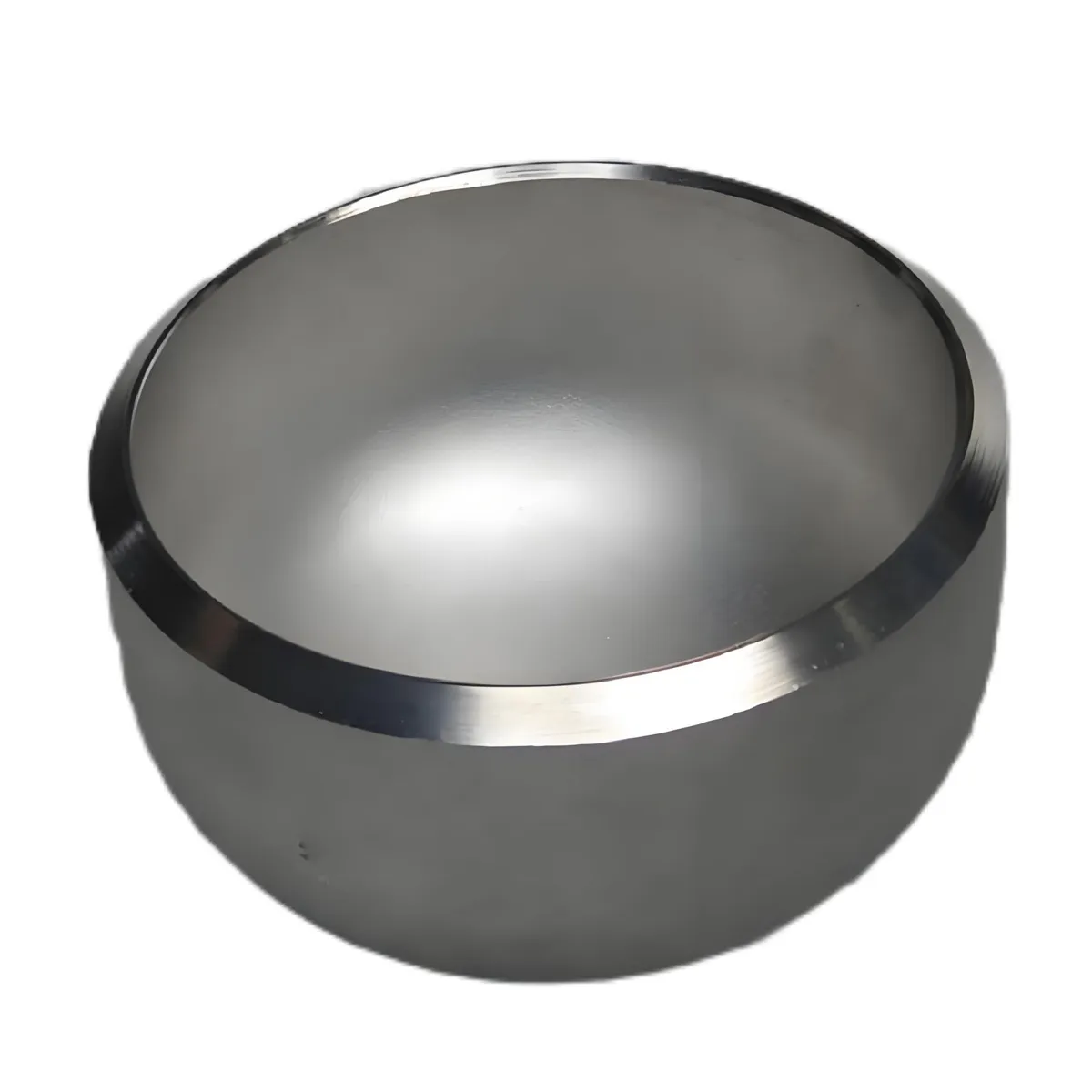
The intense heat and pressure of the forging process are meticulously controlled to shape raw materials into robust and durable pipe caps, ensuring superior strength and material integrity. -
Heat Treatment:
After forming, pipe caps often undergo heat treatment processes like normalizing, annealing, or quenching and tempering. This process refines the grain structure of the metal, relieves internal stresses induced during forming, and improves mechanical properties such as toughness, ductility, and strength. The specific heat treatment depends on the material grade and the required mechanical properties of the final pipe end cap. For stainless steel pipe caps, solution annealing might be applied to restore corrosion resistance.
-
Sizing and Beveling:
Post-heat treatment, the caps are sized to ensure precise dimensional accuracy. The ends are then machined (beveled) according to specific standards (e.g., ASME B16.25 for butt-welding ends) to facilitate easy and strong welding to pipes. This bevel ensures a proper root gap and full penetration weld, critical for pipeline integrity. This step is particularly important for standard sizes like 2 3/8 pipe caps, where precise fit is crucial.
-
Surface Treatment (Optional):
Depending on the application and material, pipe caps may receive surface treatments. Carbon steel caps are often coated with black paint or anti-rust oil for protection during storage and transport. Stainless steel caps may undergo pickling and passivation to remove surface contaminants and enhance corrosion resistance.
-
Quality Control and Inspection:
This is a continuous process throughout manufacturing, with final rigorous inspections being paramount. Each pipe cap undergoes:
- Dimensional Inspection: Using calipers, micrometers, and gauges to verify diameter, wall thickness, and overall dimensions against ASME B16.9 and other standards.
- Visual Inspection: Checking for surface defects, cracks, laminations, or other imperfections.
- Non-Destructive Testing (NDT): For critical applications, methods like Ultrasonic Testing (UT) for internal flaws, Radiographic Testing (RT) for internal defects, Magnetic Particle Testing (MPT) for surface cracks, and Dye Penetrant Testing (DPT) are employed to ensure material soundness.
- Hydrostatic Testing: Although not typically performed on individual caps, they are designed to withstand the hydrostatic pressure of the assembled pipeline system.
- Material Traceability: Ensuring that each pipe cap can be traced back to its raw material batch and production records.
-
Marking and Packaging:
Finally, each pipe cap is clearly marked with its size, material, schedule, heat number, and manufacturer's logo according to industry standards. They are then carefully packaged to prevent damage during transit, ready for global distribution.

This meticulous process ensures that every pipe cap leaving the factory is of the highest quality, meeting the most demanding industry requirements.
Diverse Application Scenarios of Pipe Caps
Pipe caps are ubiquitous across a multitude of industries, serving various critical functions from temporary sealing to permanent system integrity. Their versatility is underscored by the wide range of sizes, materials, and designs available, from small tube end caps used in HVAC systems to massive closures for petrochemical pipelines, including common dimensions like 2 3/8 pipe caps.
Key Industries and Their Specific Uses:
-
Petrochemical Industry:
In refineries, chemical plants, and oil & gas extraction sites, pipe caps are essential for sealing pipelines carrying highly corrosive or volatile substances. They are used to terminate temporary lines, cap off unused branches, or protect pipe ends during construction and maintenance phases. Their anti-corrosion properties (when made from stainless or alloy steels) are critical for preventing leaks and ensuring the safety of personnel and the environment. For instance, in an offshore drilling platform, a sudden shutdown might require hundreds of pipe ends to be capped rapidly to prevent hydrocarbon release. The use of high-grade alloy pipe caps ensures resilience against harsh marine environments and fluctuating pressures.
-
Metallurgy and Power Generation:
In steel mills, power plants (thermal, nuclear, hydroelectric), and heavy manufacturing, pipe caps handle extreme temperatures and pressures. They seal steam lines, water cooling systems, and chemical processing conduits. The robust construction of forged pipe caps ensures they can withstand the thermal cycling and high-stress environments typical of these industries, contributing to overall plant efficiency and safety. In a 1000MW coal-fired power plant, the steam lines operate at pressures exceeding 200 bar and temperatures above 500°C, demanding pipe caps made from specialized high-temperature alloys like ASTM A234 WP91.
-
Water Supply & Drainage Systems:
From municipal water treatment plants to large-scale irrigation networks, pipe caps are used to terminate water mains, close off unused service lines, or provide access points for maintenance. For these applications, materials like galvanized carbon steel or ductile iron pipe caps are often preferred due to their cost-effectiveness and good resistance to potable water environments. Their ability to prevent ingress of contaminants is crucial for public health.
-
HVAC and Fire Protection Systems:
Smaller diameter pipe caps and tube end caps are extensively used in heating, ventilation, and air conditioning systems, as well as fire sprinkler systems. They seal refrigerant lines, condensate drains, and fire suppression pipes, ensuring system integrity and preventing leaks. The widespread use of 2 3/8 pipe caps for various utility lines highlights their versatility.
-
Construction and Infrastructure:
During construction phases, pipe caps are vital for protecting open pipe ends from debris, moisture, and accidental damage. They also create sealed sections for hydrostatic testing. This temporary sealing function is crucial for maintaining pipeline cleanliness and readiness for commissioning, saving significant time and cost in later stages.
In each of these scenarios, the primary advantage of a well-chosen pipe end cap is its ability to provide a secure, reliable seal that maintains system integrity, prevents contamination, and enhances safety. For example, in petrochemical applications, the use of corrosion-resistant pipe caps significantly reduces the risk of fugitive emissions, contributing to environmental protection and operational safety.
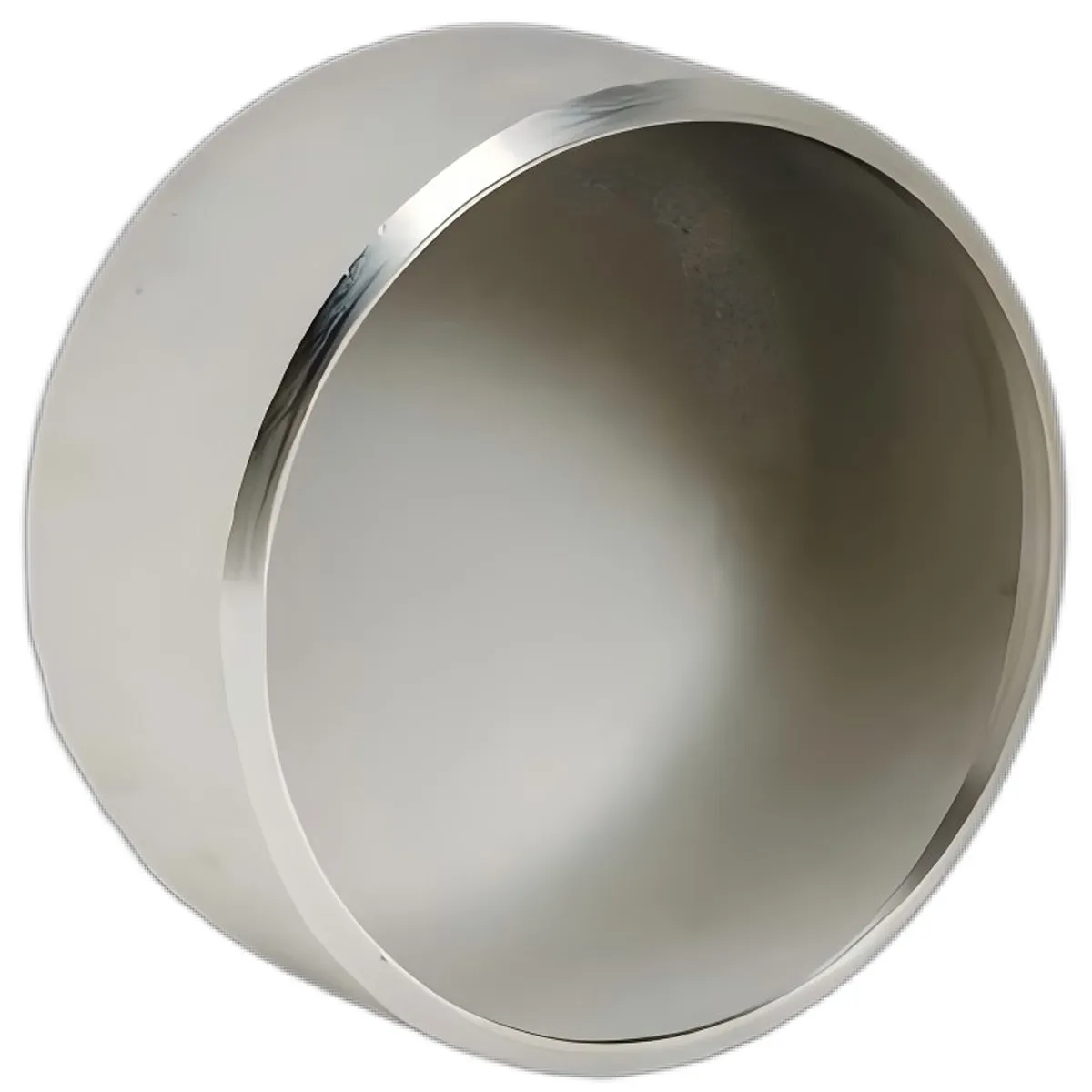
Unlocking Performance: Technical Advantages of High-Quality Pipe Caps
Investing in high-quality pipe caps offers substantial technical advantages that translate directly into enhanced operational efficiency, reduced maintenance costs, and superior safety records. From specialized tube end caps to robust 2 3/8 pipe caps, the design and manufacturing excellence of these components are paramount.
-
Superior Sealing Integrity:
Precisely manufactured pipe caps ensure a leak-proof seal, critical for systems handling gases, liquids, or slurries under pressure. This prevents product loss, environmental contamination, and safety hazards. For instance, a properly butt-welded cap forms a homogenous, strong joint, effectively becoming an integral part of the pipe itself, eliminating potential leak paths inherent in other connection methods. In a large-scale natural gas pipeline, the integrity of every pipe end cap can prevent millions of dollars in losses due to gas leakage and potential explosions.
-
Exceptional Corrosion Resistance:
When manufactured from appropriate materials like stainless steel (e.g., SS304L, SS316L) or specialized alloys, pipe caps offer outstanding resistance to a wide range of corrosive media, including acids, alkalis, salts, and high-purity water. This extends the service life of the entire pipeline system and significantly reduces the need for frequent replacements or repairs due to material degradation. In a chemical processing plant, selecting a pipe cap with specific alloy content can mean the difference between years of trouble-free operation and costly downtime due to corrosion-induced failure.
-
High Pressure & Temperature Tolerance:
Engineered to match or exceed the pressure and temperature ratings of the connecting pipes, high-quality pipe caps (especially those manufactured via forging with controlled wall thickness, e.g., Sch 80, Sch 160) maintain their structural integrity under extreme operating conditions. This is vital in industries like power generation and high-pressure chemical processing, where temperature fluctuations and elevated pressures are common. A robust pipe end cap ensures system stability, even when subjected to dynamic operational loads.
-
Enhanced System Cleanliness & Protection:
During construction, storage, and transport, pipe caps protect open pipe ends from dirt, moisture, insects, and accidental damage. This maintains the internal cleanliness of the pipeline, preventing contamination that could compromise product purity or damage sensitive equipment downstream. This proactive protection saves significant cleaning and commissioning costs, ensuring a smooth system startup.
-
Cost-Effectiveness Through Longevity:
While the initial cost of a premium pipe cap might be slightly higher, its extended service life, reduced maintenance requirements, and avoidance of costly leaks or system failures translate into significant long-term savings. The total cost of ownership (TCO) is substantially lower for high-quality, durable components.
Choosing the Right Partner: Manufacturer Comparison for Pipe Caps
Selecting the right manufacturer for pipe caps is as crucial as selecting the caps themselves. A reliable manufacturer not only provides quality products but also offers comprehensive support, customization options, and adherence to international standards. When evaluating potential suppliers for your pipe end cap, tube end caps, or 2 3/8 pipe caps needs, consider the following critical factors:
Key Factors for Manufacturer Evaluation:
| Factor | Description | Our Commitment (HBGJY Pipeline) | Benefit to You |
|---|---|---|---|
| Certifications & Standards Adherence | Does the manufacturer hold international quality certifications (e.g., ISO 9001)? Do their products meet industry standards (ASME B16.9, ASTM, API, etc.)? | ISO 9001:2015 certified, all products rigorously comply with ASME B16.9, ASTM A234/A403, and specific project requirements. We offer full material traceability. | Guaranteed product quality, reliability, and global acceptance for your projects. Reduced risk of non-compliance issues. |
| Manufacturing Capability & Technology | What manufacturing processes do they employ (forging, deep drawing, CNC)? Do they use advanced machinery and technology? | Utilizing state-of-the-art deep drawing, hot pressing, and precision CNC machining centers. Equipped for various material grades and sizes up to 72 inches. | Consistent product quality, high precision, ability to handle complex and large-scale orders efficiently. |
| Material Expertise & Sourcing | Do they have deep knowledge of various material grades? Do they source raw materials from reputable, verifiable suppliers? | Extensive experience with Carbon Steel, Stainless Steel (304L, 316L, Duplex), and Alloy Steel. Partnership with top-tier steel mills ensures premium raw material quality. | Optimal material selection for specific applications, ensuring corrosion resistance, strength, and longevity. |
| Quality Control & Testing Procedures | What QC measures are in place? Do they perform NDT, mechanical testing, dimensional checks? | Comprehensive 5-stage QC process: raw material inspection, in-process monitoring, heat treatment verification, dimensional & visual inspection, NDT (UT, RT, MPT, DPT) as required. | Minimizes defects, ensures product reliability and safety, prevents costly failures and downtime. |
| Customization Capabilities | Can they produce custom sizes, wall thicknesses, or special designs (e.g., specific tube end caps)? | Strong R&D and engineering team capable of designing and manufacturing custom pipe caps to unique client specifications and challenging project needs. | Flexibility to meet unique project demands, even for non-standard sizes or specialized materials. |
| Lead Times & Logistics | What are their typical production and delivery times? Do they offer efficient global logistics? | Optimized production schedules and robust supply chain network. Typical lead times for standard items are 2-4 weeks; expedited options available. Global shipping expertise. | Timely project completion, reduced project delays, and efficient delivery to any location worldwide. |
| Customer Support & After-Sales Service | Do they offer technical support, problem-solving, and warranty? | Dedicated account managers, 24/7 technical support, comprehensive warranty, and transparent claims process. Our commitment extends beyond delivery. | Peace of mind, prompt issue resolution, long-term partnership, and reliable support throughout the product lifecycle. |
By thoroughly evaluating these aspects, you can ensure a partnership with a manufacturer that not only provides high-quality pipe caps but also contributes positively to your project's success and operational longevity.

Tailored Excellence: Custom Solutions for Your Pipe Caps Needs
While standard pipe caps cover a broad range of applications, many industrial projects encounter unique challenges that require bespoke solutions. At HBGJY Pipeline, we specialize in providing customized pipe caps, ensuring that even the most complex or niche requirements are met with precision and reliability. Our expertise extends to custom tube end caps, specialized pipe end cap designs, and bespoke dimensions like large-diameter or non-standard 2 3/8 pipe caps.
Our Customization Capabilities Include:
-
Non-Standard Dimensions:
We can manufacture pipe caps with non-standard diameters or wall thicknesses (schedules) that deviate from typical ASME B16.9 specifications. This is crucial for matching existing infrastructure or specific flow rate requirements where standard sizes might not suffice. For example, a project might require a cap for an older pipeline with an unusual OD, or a higher wall thickness to accommodate extreme pressure beyond standard schedules.
-
Exotic Material Grades:
Beyond standard carbon and stainless steels, we can produce pipe caps from a wide array of exotic alloys, including Duplex and Super Duplex Stainless Steels (e.g., UNS S31803, S32750), Nickel Alloys (Inconel, Monel, Hastelloy), and Titanium. These materials offer superior resistance to highly corrosive environments, extreme temperatures, or specialized chemical interactions, common in industries like pharmaceuticals or highly acidic chemical processing.
-
Specialized Surface Treatments:
In addition to standard anti-rust oil or black paint, we offer specialized coatings such as hot-dip galvanizing for enhanced corrosion protection in harsh outdoor or marine environments, internal linings (e.g., epoxy, rubber) for abrasive slurries or specific chemical resistance, or polishing for hygienic applications (e.g., food & beverage, pharma grade tube end caps).
-
Unique Design Features:
Some applications require caps with integrated features, such as tapped holes for instrumentation, custom internal geometries to manage flow, or specific external profiles for specialized clamping systems. Our engineering team works closely with clients to design and prototype these unique pipe end cap solutions, ensuring perfect fit and function.
-
Specific Testing and Certification:
For critical applications, clients may require additional, more stringent testing beyond standard NDT. We can arrange for third-party inspections, specific mechanical tests, corrosion resistance tests (e.g., intergranular corrosion test), or even simulation-based performance verification to meet the most demanding project specifications.
Our collaborative approach, from initial consultation and design conceptualization to manufacturing and rigorous testing, ensures that every custom pipe cap solution delivers optimal performance and long-term value. We understand that precision is not a luxury but a necessity in complex industrial piping systems.
Real-World Impact: Successful Application Cases of Our Pipe Caps
Our commitment to quality and engineering excellence has translated into numerous successful applications across diverse industries. These case studies highlight how our pipe caps, including tube end caps and specific dimensions like 2 3/8 pipe caps, have provided reliable and efficient solutions for our clients.
Case Study 1: Large-Scale LNG Terminal Expansion (Middle East)
- Challenge: A major energy company was expanding its LNG (Liquefied Natural Gas) receiving and regasification terminal, requiring thousands of pipe caps for pipeline termination, temporary sealing during construction, and permanent closures for future expansions. The operating environment demanded extreme low-temperature resilience (-162°C) and superior corrosion resistance due to the proximity to the sea.
- Solution: We supplied over 5,000 custom-fabricated pipe caps, primarily made from ASTM A403 WP304L stainless steel, specifically designed to withstand cryogenic temperatures and marine atmospheric corrosion. Our stringent quality control, including impact testing at low temperatures and meticulous dimensional checks, ensured every pipe end cap met the project's demanding specifications.
- Outcome: The project was completed on schedule, with zero failures related to the supplied pipe caps. The client reported excellent weldability and dimensional consistency, which streamlined installation and reduced overall construction time. Our products contributed to the safe and efficient commissioning of new terminal sections.
Case Study 2: Municipal Water Treatment Plant Upgrade (North America)
- Challenge: An aging municipal water treatment plant needed an upgrade to improve efficiency and comply with stricter environmental regulations. This involved replacing thousands of feet of old ductile iron piping and installing new filtration and disinfection units. Many existing branches needed to be capped off permanently or temporarily for future connection.
- Solution: We provided a range of galvanized carbon steel pipe caps, including various sizes up to 24 inches, as well as specific tube end caps for smaller utility lines. The galvanization provided enhanced resistance to water and soil corrosion. For immediate installation, we ensured fast turnaround times and managed complex logistics to deliver to multiple construction sites.
- Outcome: The high quality and protective coating of our pipe caps ensured long-term integrity against corrosion in the water infrastructure. The ease of installation and consistent product dimensions minimized field adjustments, helping the municipality achieve its upgrade goals efficiently and within budget.
Case Study 3: Offshore Oil & Gas Platform Maintenance (Southeast Asia)
- Challenge: Routine maintenance on an offshore oil platform required temporary capping of several high-pressure crude oil lines to allow for valve replacement and inspection. The environment presented severe challenges including high pressure, corrosive crude oil, and constant exposure to saltwater spray.
- Solution: We supplied specialized ASME B16.9 pipe caps made from ASTM A234 WP22 alloy steel, specifically designed for high-temperature and high-pressure hydrocarbon service, with additional internal coating for enhanced erosion and corrosion resistance. These caps, including several 2 3/8 pipe caps, underwent comprehensive NDT including UT and RT to ensure flawless integrity.
- Outcome: The robust design and material selection of our pipe caps performed flawlessly under the extreme conditions, providing secure temporary seals. This facilitated safe and efficient maintenance operations, significantly reducing downtime for the platform and preventing any environmental incidents.
These cases demonstrate our capability to deliver reliable, high-performance pipe caps tailored to the most demanding industrial environments.
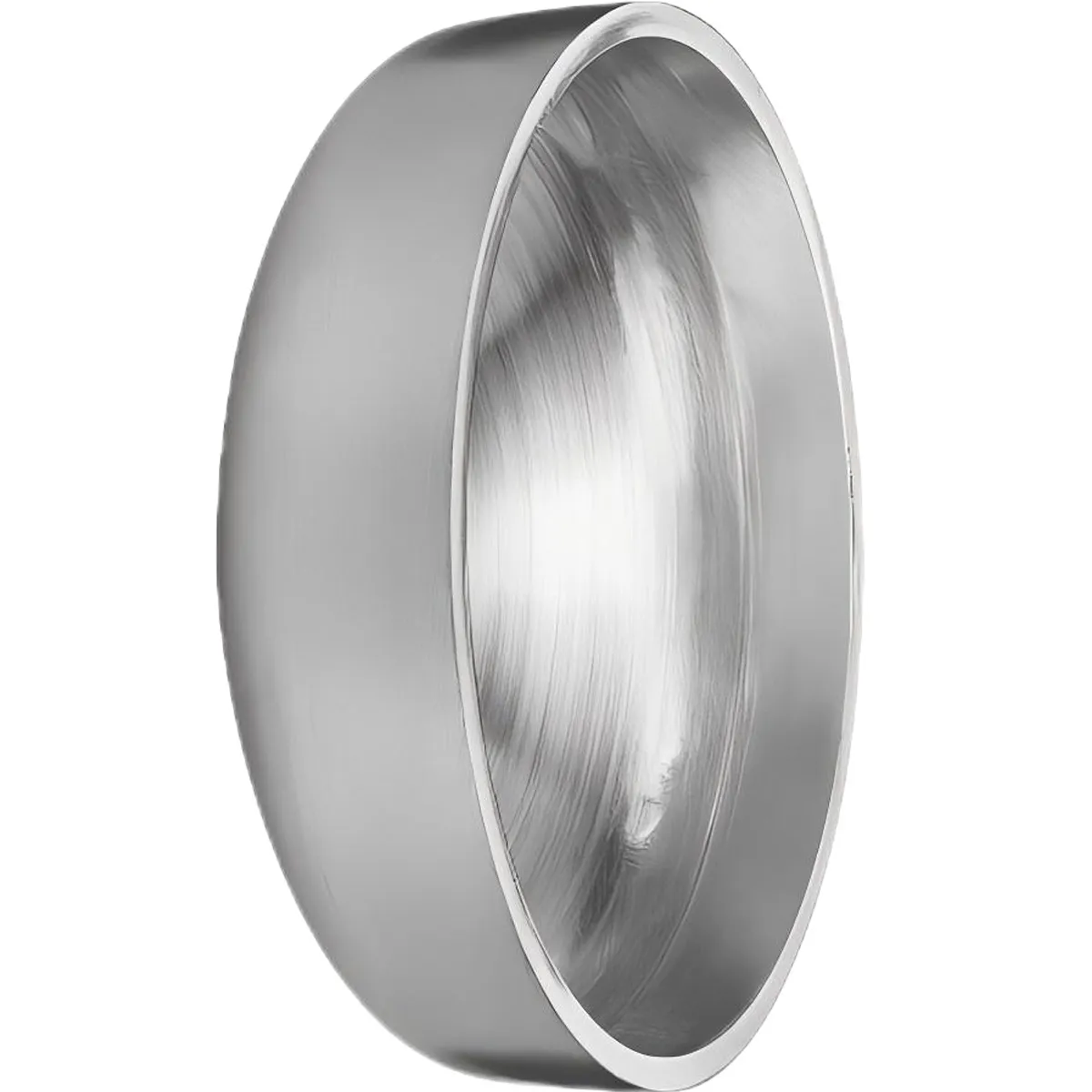
Why Choose HBGJY Pipeline for Your Pipe Caps Needs? Trust, Authority & Experience
At HBGJY Pipeline, our foundation is built on the pillars of Expertise, Experience, Authoritativeness, and Trustworthiness (EEAT). We understand that when it comes to critical pipeline components like pipe caps, quality, reliability, and support are non-negotiable.
Our Commitment to Trustworthiness and Authority:
-
Unwavering Quality Assurance:
Every pipe cap produced undergoes rigorous, multi-stage quality control procedures, including raw material inspection, in-process monitoring, and final product verification. We adhere strictly to international standards such as ISO 9001:2015, ASME B16.9, ASTM, and API specifications. Our comprehensive inspection regime ensures dimensional accuracy, material integrity, and flawless performance, giving you complete confidence in our products.
-
Global Certifications & Compliance:
Our manufacturing processes and products are certified by reputable third-party organizations, affirming our commitment to global standards. We can provide full material certificates (MTCs EN 10204 3.1 or 3.2), NDT reports, and other compliance documentation as required by your project. This includes compliance with environmental and safety regulations relevant to the manufacture of pipe caps, from tube end caps to large-diameter pipe end caps.
-
Extensive Industry Experience:
With over two decades of experience in manufacturing and supplying pipe fittings, we have successfully partnered with leading companies across the petrochemical, power generation, water treatment, and construction sectors worldwide. Our seasoned engineers and technical teams possess deep practical knowledge of diverse application environments and challenges, ensuring that every pipe cap is fit for purpose.
-
Customer-Centric Support:
Our commitment extends beyond just delivering products. We offer comprehensive pre-sales consultation, technical support during project execution, and robust after-sales service. We pride ourselves on transparent communication, reliable delivery schedules, and prompt resolution of any queries or concerns. Your satisfaction and project success are our top priorities.
-
Flexible Delivery & Logistics:
Understanding the critical nature of project timelines, we have optimized our production and logistics processes to ensure timely delivery of your pipe caps globally. We work with trusted shipping partners to provide efficient and secure transportation, whether by sea, air, or land, minimizing delays and ensuring products arrive in pristine condition.
-
Comprehensive Warranty & Guarantee:
We stand behind the quality of our pipe caps with a clear warranty policy, guaranteeing products against manufacturing defects and material non-conformance. Our aim is to build long-term relationships based on mutual trust and proven performance.
Choose HBGJY Pipeline for pipe caps that not only meet but exceed your expectations for quality, performance, and peace of mind.
Frequently Asked Questions About Pipe Caps
Q1: What are the primary functions of a pipe cap?
A: A pipe cap serves multiple primary functions: sealing the end of a pipe to prevent leaks of fluids or gases, protecting pipe ends from contamination (dirt, debris, moisture) during storage or construction, providing a temporary or permanent closure for unused pipe branches, and facilitating hydrostatic testing of a pipeline section by sealing one end.
Q2: What materials are commonly used for pipe caps and why?
A: Common materials include Carbon Steel (e.g., ASTM A234 WPB) for general industrial applications due to its strength and cost-effectiveness; Stainless Steel (e.g., ASTM A403 WP304/304L, WP316/316L) for corrosion resistance in chemical, food, and marine environments; and Alloy Steel (e.g., ASTM A234 WP11, WP22, WP91) for high-temperature and high-pressure service in power generation and petrochemical industries. The choice depends on the specific operating conditions and fluid properties.
Q3: How is wall thickness (schedule) determined for a pipe end cap?
A: The wall thickness or schedule of a pipe end cap is determined by the nominal pipe size (NPS) and the system's operating pressure and temperature. It must match the wall thickness of the pipe to which it will be welded or connected to ensure consistent pressure bearing capacity and structural integrity across the joint. Standards like ASME B31.3 (Process Piping) provide guidelines for matching schedules.
Q4: What is the significance of "Butt-Weld" in relation to pipe caps?
A: "Butt-Weld" (BW) refers to the most common type of connection for industrial pipe caps. It means the cap is designed to be welded directly to the pipe end, creating a strong, permanent, leak-proof joint that maintains the full strength of the piping system. Butt-weld fittings ensure smooth flow and minimize turbulence, offering superior integrity compared to threaded or socket-weld connections, especially for high-pressure or high-temperature applications.
Q5: Can pipe caps be customized for specific project requirements?
A: Yes, absolutely. Reputable manufacturers like HBGJY Pipeline offer extensive customization options for pipe caps. This includes non-standard dimensions, specific material grades (including exotic alloys), specialized surface treatments (e.g., galvanizing, internal linings), and unique design features for particular applications. Customization ensures perfect fit and optimal performance for challenging projects.
Q6: What inspection standards apply to pipe caps?
A: Pipe caps are typically inspected according to ASME B16.9 (for dimensions), ASTM material standards (for chemical and mechanical properties), and often undergo Non-Destructive Testing (NDT) such as Ultrasonic Testing (UT), Radiographic Testing (RT), Magnetic Particle Testing (MPT), or Dye Penetrant Testing (DPT) as per project specifications and criticality, to ensure internal and surface soundness.
Q7: What is a 2 3/8 pipe cap used for?
A: A 2 3/8 pipe cap specifically refers to a cap designed for a pipe with an outside diameter (OD) of 2.375 inches (approximately 60.3mm). This size is commonly used in various light-to-medium industrial applications, including fences, handrails, some oilfield applications (like tubing and casing protection), and utility lines. It serves the same functions as other pipe caps – sealing, protection, and system termination – adapted for this specific pipe dimension.
The Unseen Guardian: Concluding Thoughts on Pipe Caps
The humble pipe cap, whether it's a specialized tube end cap, a robust pipe end cap, or a ubiquitous 2 3/8 pipe cap, is far more than just a simple closure. It is a meticulously engineered component that plays a foundational role in the safety, efficiency, and longevity of industrial piping systems worldwide. From containing volatile hydrocarbons in petrochemical plants to safeguarding potable water in municipal networks, their function is critical yet often understated.
The selection, manufacturing, and application of pipe caps are continuously evolving, driven by technological advancements and increasingly stringent industry standards. As highlighted, trends point towards advanced materials, smart manufacturing, and sustainable practices, all aimed at enhancing the performance and environmental compatibility of these vital fittings. Partnering with a reputable manufacturer like HBGJY Pipeline, which embodies the principles of Expertise, Experience, Authoritativeness, and Trustworthiness (EEAT), is paramount. Such a partnership ensures not only the delivery of high-quality products but also comprehensive support and tailored solutions for every unique project challenge.
Ultimately, a well-chosen and expertly manufactured pipe cap is an unseen guardian of industrial integrity, silently contributing to operational excellence and peace of mind. Its role in preventing contamination, ensuring system integrity, and promoting safety cannot be overemphasized, making it an indispensable element in modern infrastructure.
References and Further Reading:
-
ASME B16.9 - 2018. Factory-Made Wrought Butt-welding Fittings. American Society of Mechanical Engineers. Accessible via ASME Publications: https://www.asme.org/codes-standards/products/by-group/b16-9-factory-made-wrought-butt-welding-fittings
-
ASTM A234 / A234M - 2023. Standard Specification for Piping Fittings of Wrought Carbon Steel and Alloy Steel for Moderate and High-Temperature Service. ASTM International. Accessible via ASTM Standards: https://www.astm.org/standards/a234
-
ISO 9001:2015. Quality management systems – Requirements. International Organization for Standardization. Accessible via ISO Standards: https://www.iso.org/standard/62085.html
-
Pipeline Industry Forum Discussions on Fitting Integrity. (Example: NACE International Forums for Corrosion Engineers, access via membership). Relevant discussions found on platforms such as Engineering.com or specialized oil and gas forums.
-
 Apr. 24, 2025
Apr. 24, 2025Jiuyuan Pipeline is excited to announce its participation in the upcoming 2025 Wire / Tube with Metal & Steel KSA exhibition, scheduled from May 5th to May 7th, 2025.
-
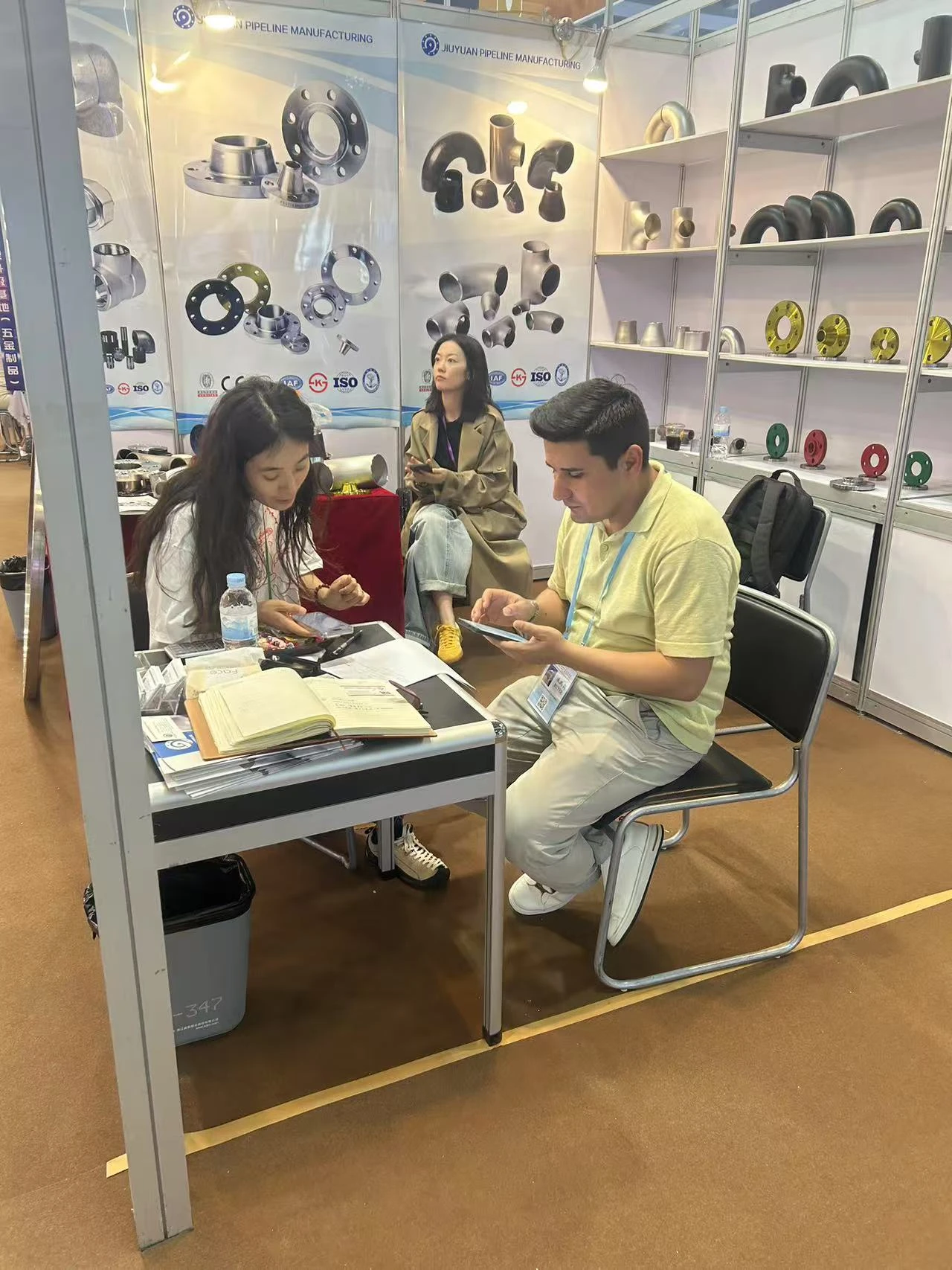 Apr. 28, 2025
Apr. 28, 2025From April 15 to April 19, 2025, our company proudly participated in the renowned Canton Fair held in Guangzhou, China.
If you are interested in our products, you can choose to leave your information here, and we will be in touch with you shortly.
